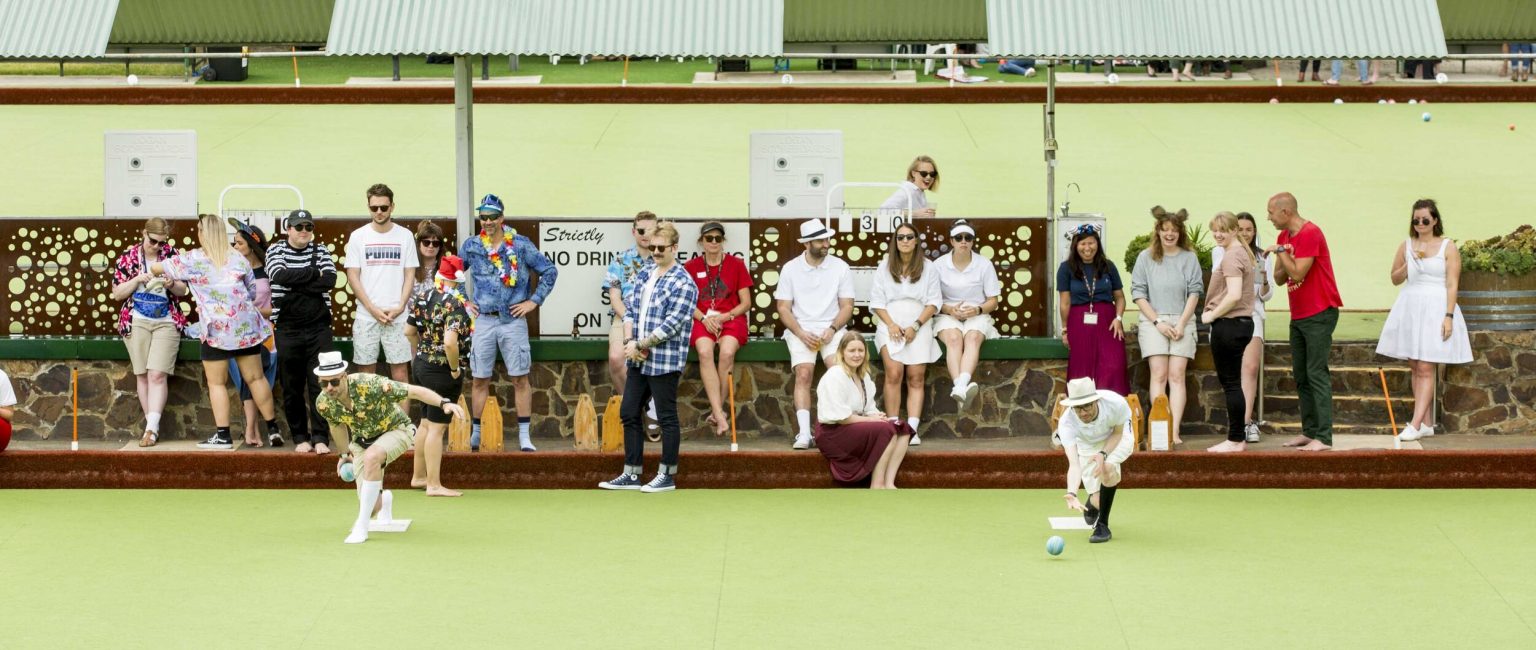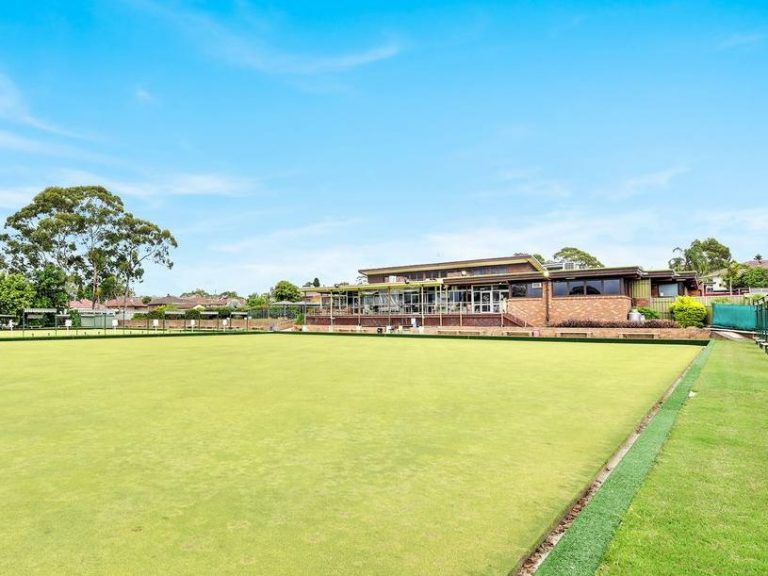Is the humble Aussie bowlo an endangered species?

Once a leisure activity for the male elite, lawn bowls became Australia’s fastest-growing sport after World War II and a cultural icon of our national landscape in recent decades, but now risks becoming an endangered species.
The number of competitive or “affiliated” clubs soared from around 630 in 1940 to more than 2150 in the early 2000s. Perhaps the sport’s greatest triumph came when Mick Molloy’s Crackerjack immortalised bowls — and the iconic bowlo — in film.
“Men couldn’t wait a week for a game so they opened up their own bowling club,” Chris Wallace from Bowls Australia said of the game’s boom years.
Many suburbs had multiple bowlos – you couldn’t drive far without seeing a group in white gathered on the greens.
But in the past 20 years, bowls club numbers have slowly declined — to 1800 affiliated clubs in 2023, two-thirds of them in regional communities, as well as 45 clubs no longer affiliated with the sport, which offer social or barefoot bowls.
There are another 301 bowling greens inside private retirement lifestyle villages, many of which have competitive teams.

The number of traditional style bowling clubs has declined in recent decades. Picture: Getty
City planning expert Louis Heath said there’s still plenty of love for the humble Aussie bowlo, but he believes traditional clubs as we know them may be in danger.
Mr Heath analysed the history of closures and land use changes of bowling clubs in Sydney as part of a UNSW study, published in 2022. He found the city’s number of bowling clubs decreased from 210 in 1980 to 128 in 2022, with no new openings since 2005.
It acts as a “warning” to clubs all over Australia, he said.
What happened to all those bowlos?
In a nutshell, clubs are dealing with waning interest in competitive bowls alongside the increasing land value of their bowling greens, especially in cities.
Many clubs are on publicly owned land so are rarely listed for sale, Mr Heath explained.
If they’re struggling, councils may repurpose the land for housing, a childcare centre, or another sporting facility — or sell it to developers.
Some privately owned clubs have chosen to no longer affiliate with the sport and taken their own direction or sold a bowling green to sustain themselves. Others have merged.

Waverley Bowling Club was sold to developer Mirvac. Picture: Mirvac
Some of those in financial strife have been forced to sell to housing developers or amalgamate with League clubs or RSLs, which can place the club at risk in terms of their identity and their future, Mr Heath said.
“If the League club decides the bowlo’s no longer viable, they might sell or develop.”
This was the story of Waverley Bowling Club in Sydney’s eastern suburbs.
Easts Group – owner of NRL club Sydney Roosters – bought and ran the club for years before selling a green in 2020 to housing developer Mirvac for a reported $30 million. When complete, the project will comprise 55 luxury apartments for those aged over-55, a new community venue, and two new bowling greens.
Will new bowlos emerge?
It’s unlikely we’ll see more traditional style bowlos opening up, Mr Heath and Mr Wallace agreed.
Mr Wallace admitted that clubs that have stuck with the business model from 10 or 20 years ago “have struggled to trade”.
“They may be the ones that might close the doors or amalgamate with others,” he said, but added that the loss of traditional clubs is being offset by new bowlos opening up in lifestyle villages.
“Developers are very keen to have bowls as part of the offering. We’re seeing 10 to 15 of these open up around the country every year.”
What does this mean for traditional clubs?
Clubs have seen traditional membership decline as social membership has increased, which indicates sport is no longer the prime focus.
“The younger generation simply don’t want to spend six hours of their weekend outside in the sun,” Mr Heath said.
But demand for a community social hub has never been greater, especially on the back of Covid restrictions and so many people working from home.

Many bowls clubs are evolving to appeal to a younger base. Picture: Bowls Australia
The future of bowlos hinges on innovation, he said.
“Successful clubs must attract every generation in the community. They’ll have a successful bowling club, a bistro selling good food and craft beers, and live music.
“They’ll be having social events and functions, and they may have turned a green into an outdoor dining area, a soccer pitch or a tennis court.”
Baz Compton took over Leichhardt Bowling Club in Sydney’s inner west in 2019. It was “struggling hard”, he said, having relied on the same business model for decades.
Mr Compton has turned the place around, prioritising its food and beverage offering, changing one of the club’s two bowling greens into a giant beer garden, and updating the children’s playground.

Reinventing to survive has been successful for many clubs. Picture: Leichhardt Bowling Club
“In 2023 the bowlo’s doors must open to everybody, especially families,” he said. “So, we stepped away from bowls a little.”
And ironically, its successful reinvention has started to attract new bowling members for the first time in years.
Elsewhere, Bayswater Bowling Club in Perth has used two of its four greens to create a roller-derby rink, basketball court, kids play area and community garden.
Rockhampton Bowls Club in Queensland is riding the success of its barefoot Jack Attack program that’s luring new people to the sport.
Fitzroy Victoria Bowling Club in Melbourne has become a barefoot hub for birthdays, hens and bucks, team building and corporate get-togethers, and even holds a juniors’ comp.

The social value of the classic Aussie can’t be understated, experts say. Picture: Bowls Australia
Mr Heath said there’s no reason why bowlos can’t continue to be the hub of Australian communities, and he believes councils should play a greater role in supporting them.
“Their social value goes beyond profitability and membership numbers. When you have the sterile League clubs putting in their two cents, it’s never the same.
“People want to support local institutions. Throughout my research, I hardly heard a bad word spoken about bowling clubs.
“Everyone loves them.”







